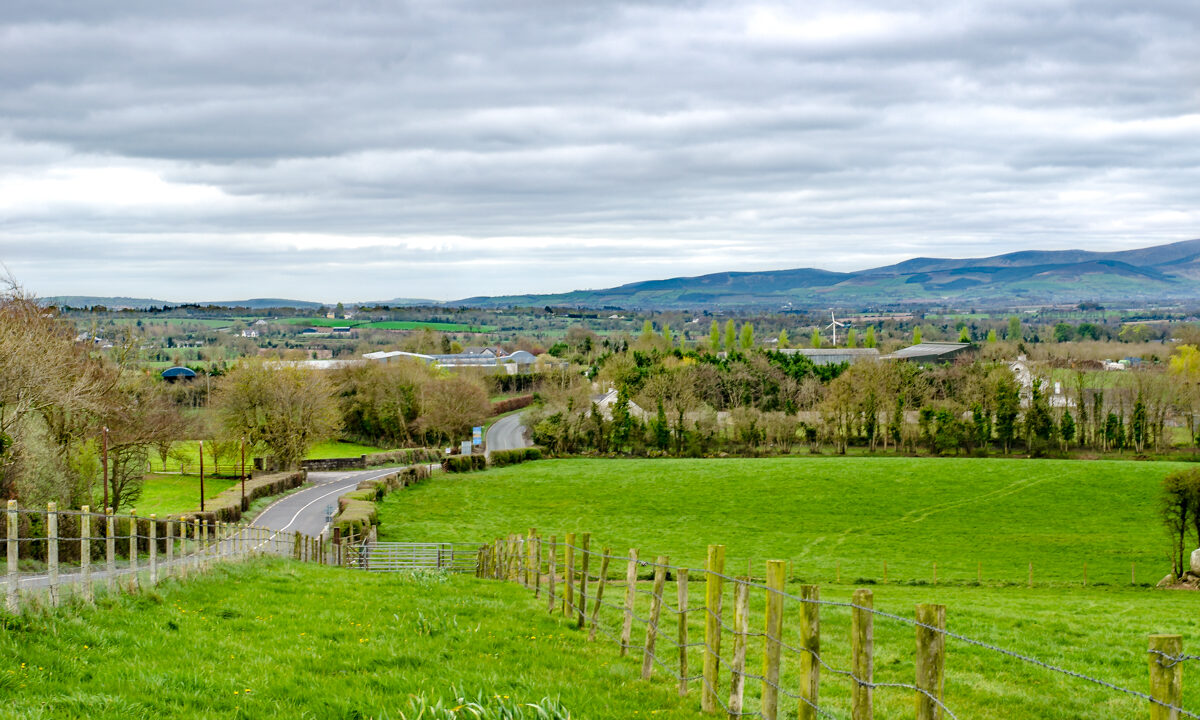The latest Eurobarometer survey of public opinions about rural areas has found that most European Union (EU) citizens support the EU’s inclusion of rural areas in public-spending decisions.
The survey also found that a majority of respondents said that environmental issues are an immediate problem for the rural areas in their country.
Published recently by the European Commission, the survey was conducted from April 9-18, 2021, and included more than 25,841 respondents from across 27 member states.
The survey contributes to assessing which priorities the long-term vision for rural areas should focus on.
The key need of rural areas that is mentioned most frequently by survey respondents is transport infrastructure and connections (44%).
This is followed by access to healthcare, childcare, or care for the elderly and the availability of jobs/employment/business opportunities, mentioned by 27%, while a similar proportion (26%) mention digital infrastructure.
A majority (65%) of EU citizens think that, when the EU invests in rural areas, it is the local area or region receiving the investment that should be able to decide how the investment is spent.
Remote rural areas
Regarding remote areas, between 52% and 59% answer it is difficult, or not possible, to move around by public transport in their local area.
By contrast, among respondents living in large towns and cities, between 60% and 72% say that it is ‘very easy’ to reach their nearest supermarket, their doctor’s surgery, the local post office and the nearest large town or city by public transport.
On the consequences of the pandemic, a third of respondents say that following the end of the restrictions, they will be much more likely to visit rural areas for leisure.
Rural Europe
- Rural areas account for more than 341 million ha, which represents 83% of the total EU area in 2018;
- Agricultural land accounts for 42% (174 million ha) of the EU’s total area, with forest and natural areas accounting for 45% (186million ha);
- Although rural areas are home to almost one third of its citizens, it is an ageing population;
- Rural and remote areas have the lowest shares of population in age groups below 50 years old;
- In the EU-27 in 2018, the average GDP per capita in rural regions was 75% of the EU average (in intermediate regions it was 88%, while in urban regions it was 125%);
- In 2019, only 48% of the EU’s rural residents had at least basic digital skills (compared to 62% in cities);
- Despite recent improvements, only 59% of EU rural households have high-speed internet access, compared to 86% for all EU households.
Among employed respondents, 21% say they will be much more likely and 16% somewhat more likely to work from home at least some of the time when all the current Covid-19 restrictions end.
About one in seven urban residents say that, compared to before the pandemic, they are more likely to consider moving to a more rural area (or a less rural area for rural residents).
Environmental issues
In terms of environmental issues, the destruction of natural habitats or the loss of animals or plant species is identified as an immediate and urgent problem for rural areas by 65% of EU citizens, while 58% say that rising temperatures or extreme weather events are an immediate and urgent problem for rural areas.
Asked about the use of pesticides and other chemicals in farming, 65% say that this is an immediate and urgent problem for the rural areas in their country.
Finally, 52% think that there is an immediate and urgent problem linked to the reliance on fossil fuels rather than cleaner forms of energy.
EU citizens are divided when asked whether they can influence decisions affecting their local area, with 51% agreeing and 47% disagreeing.
More than half of respondents (78%) agree that they would like to be more involved in decisions affecting their local area.
